1. The Wilmington Coup of 1898
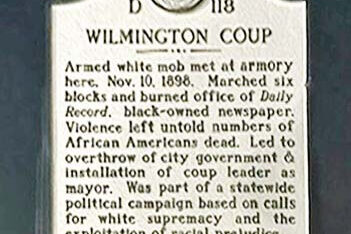
In 1898, Wilmington, North Carolina was a thriving, majority-Black city with elected Black officials and a strong middle class. But white supremacists launched a violent coup, overthrowing the government, murdering dozens of Black residents, and driving many others out. It remains the only successful coup d’état on American soil. The white mobs even burned down the Black-owned newspaper office, and no one was ever held accountable shares Britannica.
For decades, this was either downplayed or completely omitted from history books. Instead of being taught as a horrific act of domestic terrorism, it was reframed as a “race riot.” But in recent years, more people have been demanding its rightful place in the American narrative. Understanding events like Wilmington helps explain the roots of systemic racism. It also shows how the power of the press and democracy were attacked when they were in Black hands. The silence around this event wasn’t accidental—it was a form of erasure adds KPBS.
2. The Filipino-American War
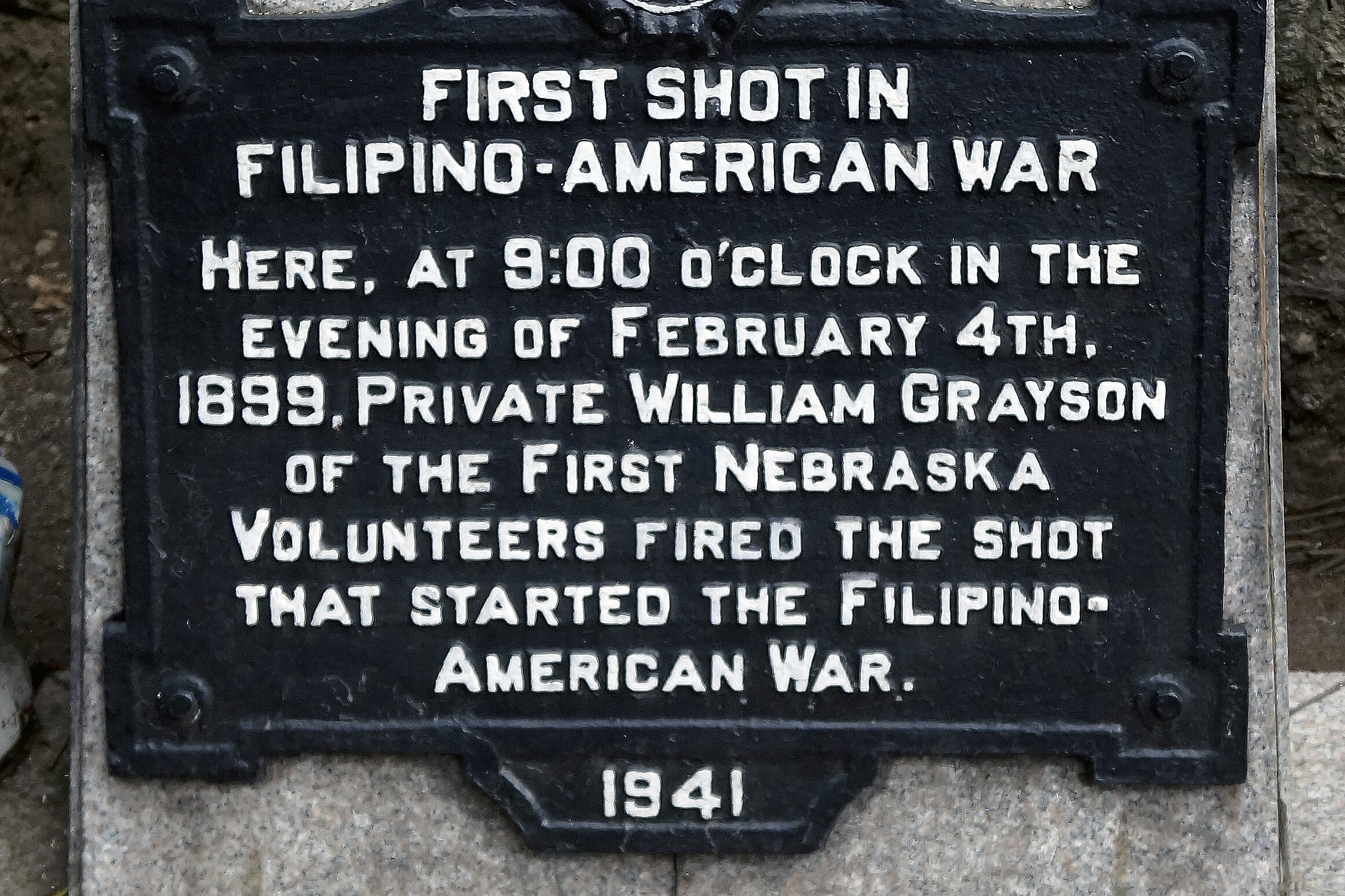
After the Spanish-American War, the U.S. bought the Philippines from Spain and found itself in another brutal conflict with Filipino revolutionaries who wanted independence. What followed was a bloody war from 1899 to 1902 that left hundreds of thousands of Filipinos dead. It was one of America’s first forays into overseas imperialism, and it was incredibly controversial at the time shares the National Park Service.
Yet you’d be hard-pressed to find more than a footnote about it in most school textbooks. Many Americans aren’t even aware the war happened. That’s probably because it challenges the idea of America as a purely liberating force. The U.S. used tactics like waterboarding and scorched-earth policies, which don’t fit neatly into a patriotic narrative. Omitting it allows for a cleaner image, but at the cost of truth adds the Washburn Review.
3. The Massacre at Colfax
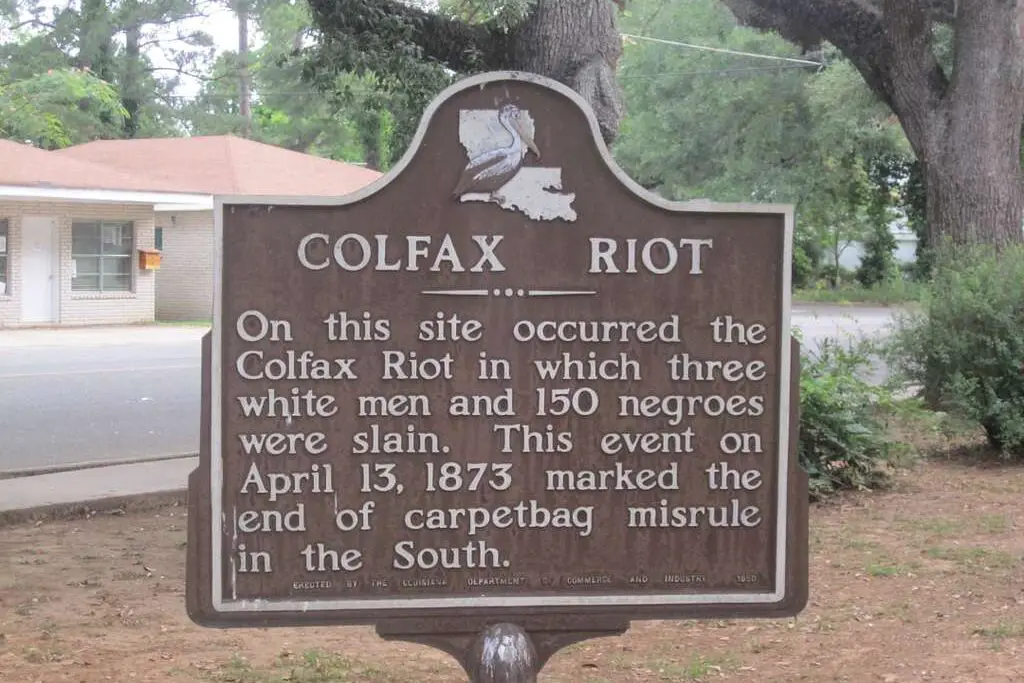
In 1873, in the small town of Colfax, Louisiana, over 100 Black men were killed by white supremacists after a contested local election. The victims were defending the local courthouse when they were overrun. Many were executed after surrendering. It was one of the deadliest acts of racial violence during Reconstruction.
For decades, the massacre was reframed as a heroic moment for white southerners, even commemorated with a monument. History books didn’t call it a massacre—they called it a “riot.” This kind of reframing erased the brutality and injustice of what really happened. The Supreme Court eventually used the case that followed to gut federal protections for Black citizens. It wasn’t just a local tragedy, it reshaped national civil rights.
4. The Internment of Latin Americans During WWII
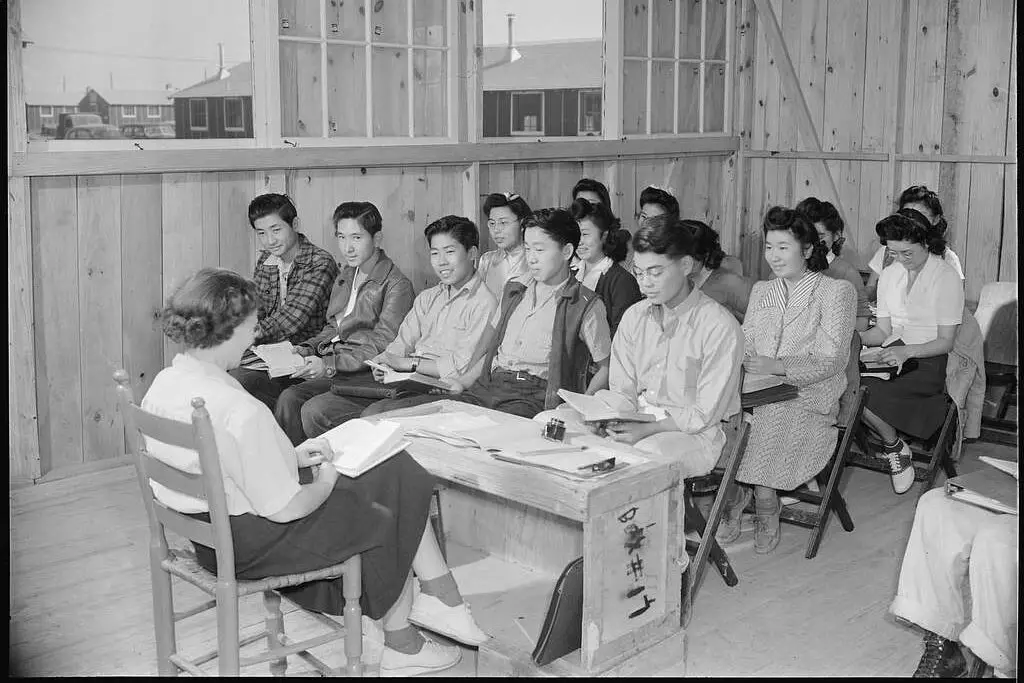
Most people know about Japanese American internment camps during World War II, but fewer know that over 2,000 Latin Americans of Japanese descent were also taken from their countries and brought to the U.S. Many were kidnapped from Peru and other nations and used in prisoner exchanges with Japan.
This disturbing chapter isn’t usually found in American history books. These people weren’t U.S. citizens, but they were caught in the U.S. government’s dragnet. It was a violation of human rights and international law, and yet it barely gets mentioned. Many of these Latin American internees were never compensated or even acknowledged. Their stories have been largely lost to time, unless you know where to look. And most textbooks don’t help you find them.
5. The Ludlow Massacre
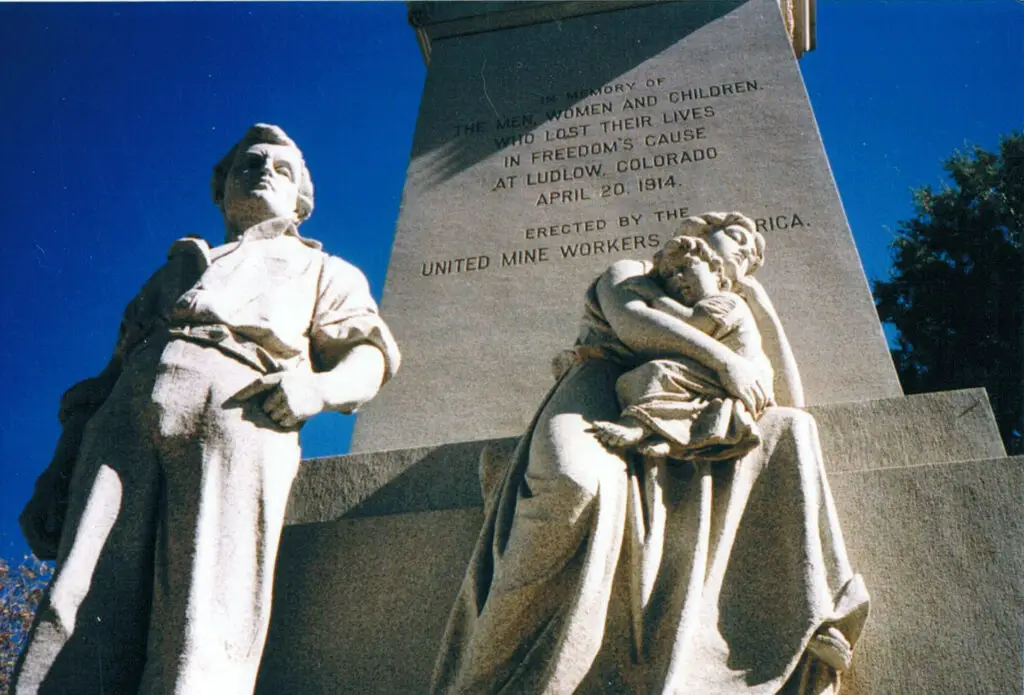
In 1914, striking coal miners and their families in Ludlow, Colorado, were attacked by the Colorado National Guard and private guards hired by the mining company. Tents were set on fire, and at least 25 people died, including 11 children who were suffocated in a pit under one of the tents. The miners had been demanding better wages and safer working conditions.
It was one of the deadliest labor conflicts in U.S. history, but most people never learn about it in school. It doesn’t fit into the tidy story of the American Dream. Instead of highlighting the workers’ courage, many books side-step the violence or ignore it altogether. But this was a pivotal moment in labor history. The massacre galvanized national support for workers’ rights, even if it’s not mentioned in class.
6. The Trail of Tears for Other Tribes
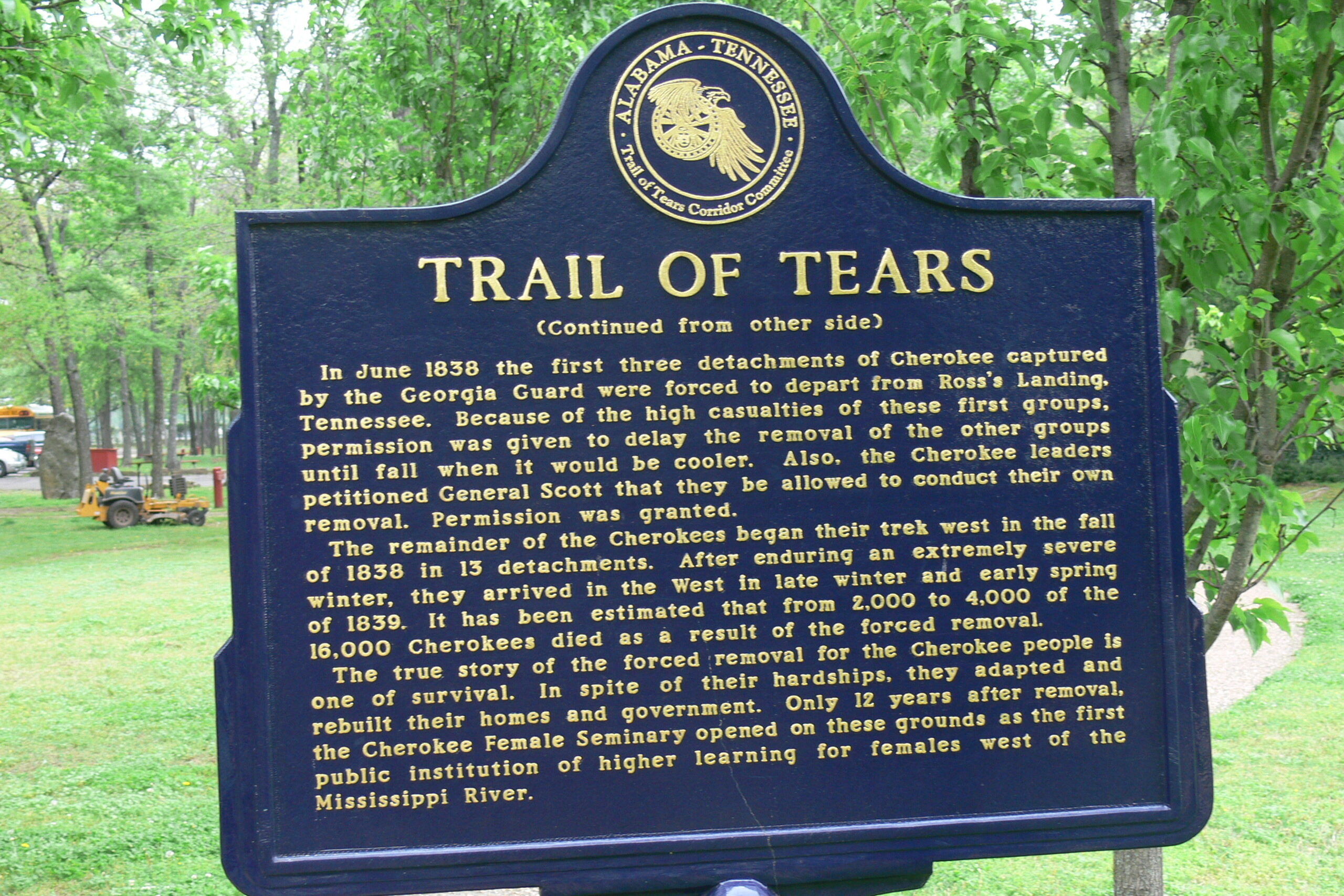
Everyone learns about the Cherokee Trail of Tears, but they often don’t realize that multiple tribes were forced on deadly journeys west. The Choctaw, Chickasaw, Creek, and Seminole peoples also experienced forced removals that led to thousands of deaths. The U.S. government’s Indian Removal Act didn’t just affect one tribe.
By focusing solely on the Cherokee, textbooks unintentionally downplay the scale of the tragedy. These removals happened under horrific conditions: starvation, disease, and exposure to harsh weather. The removals were justified with the language of “progress” and “civilization.” That narrative made it easier to forget what was actually happening. Acknowledging all the tribes who suffered would paint a much clearer picture of what was lost.
7. The Red Summer of 1919
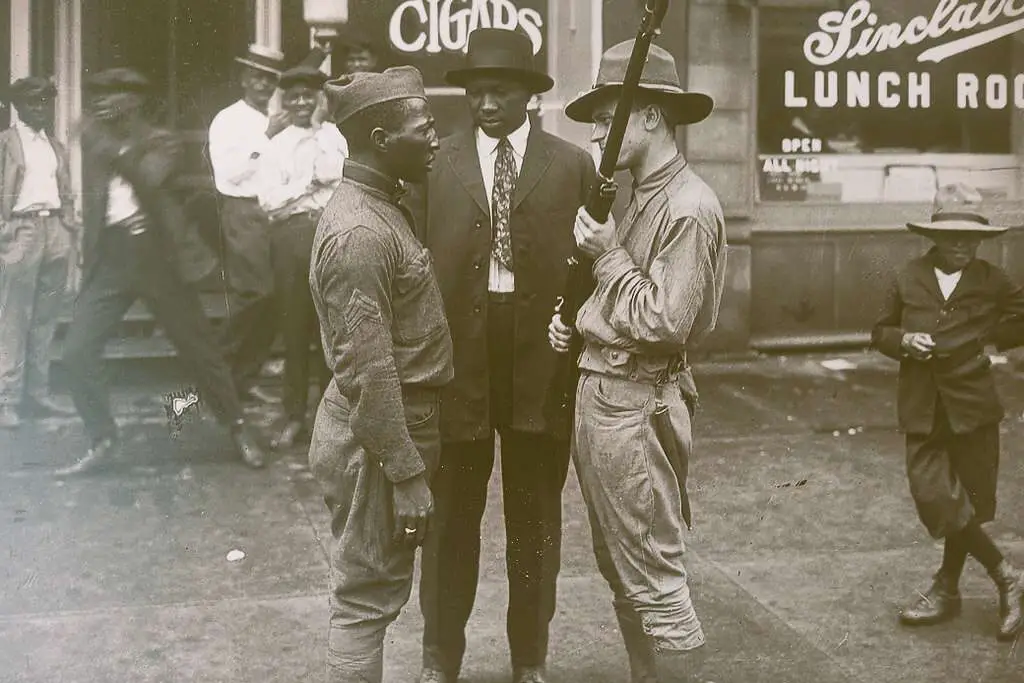
In the summer and fall of 1919, dozens of cities across the U.S. were rocked by racial violence. White mobs attacked Black communities from Chicago to Washington, D.C. In many cases, Black veterans returning from World War I were specifically targeted. They were seen as “too proud” or “too demanding” for equal rights.
This period became known as the Red Summer, but many history books skip over it or water it down. Students might learn about the Harlem Renaissance or the civil rights movement, but this earlier flashpoint rarely makes the cut. Yet it was a major turning point in Black resistance and organizing. It also exposed how fragile progress was after the war. Omitting it makes racial progress seem more linear than it really was.
8. The Great Mississippi Flood of 1927
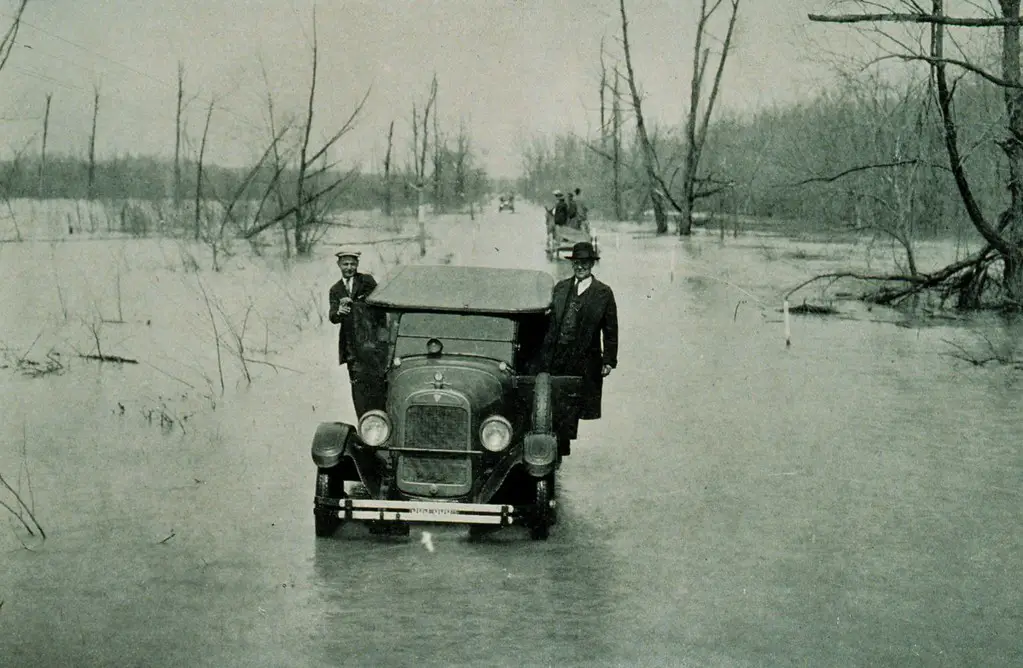
When the Mississippi River flooded in 1927, it displaced hundreds of thousands of people, most of them Black sharecroppers. The government’s response involved forcing Black men to work on levees at gunpoint, while white families were given help and transportation. The disaster shaped migration patterns and helped fuel Black movement to northern cities.
Despite its huge social and economic consequences, the flood barely gets a mention in most school curricula. It’s a forgotten chapter in environmental racism and disaster mismanagement. The flood also revealed deep inequalities in how aid was distributed. Black families were left stranded and exploited. But this history challenges the idea of fair and equal treatment, so it’s often left out.
9. The Tuskegee Syphilis Experiment
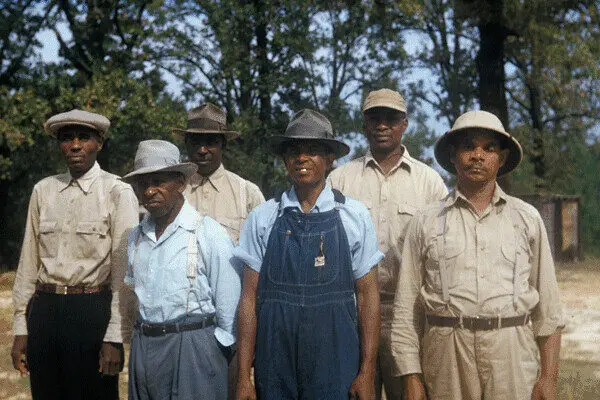
From 1932 to 1972, the U.S. Public Health Service conducted an unethical experiment on Black men in Tuskegee, Alabama. The men had syphilis, but doctors told them they were being treated—even though they weren’t. Researchers just wanted to observe the natural progression of the disease. Even after penicillin became the standard treatment, it was withheld.
This horrifying experiment is sometimes mentioned briefly in textbooks, but rarely with the gravity it deserves. It’s a chilling example of medical racism. The legacy of Tuskegee still affects how many Black Americans view the healthcare system today. Understanding that mistrust requires knowing the full truth. This wasn’t ancient history—it ended just over 50 years ago.
10. The CIA’s Involvement in the Crack Epidemic
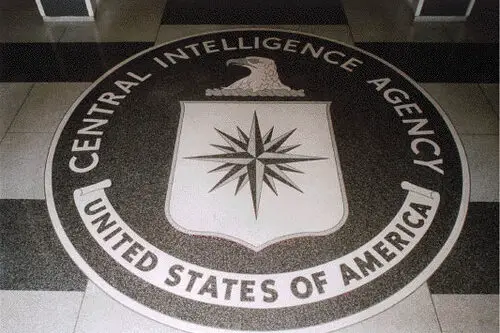
During the 1980s, as the crack epidemic devastated Black communities, rumors swirled about CIA involvement. Investigative journalism later revealed that the CIA had turned a blind eye to drug trafficking by Nicaraguan Contra allies. These traffickers funneled cocaine into the U.S., which was then turned into crack and sold on American streets.
Though this story was partially confirmed, it rarely makes it into school discussions about the War on Drugs. Instead, the focus tends to be on crime rates and drug policies. But the deeper story is about how foreign policy decisions affected marginalized communities at home. Knowing this adds another layer to the conversation around mass incarceration and racial justice. Ignoring it makes those issues seem disconnected, when they’re anything but.
11. The Battle of Blair Mountain
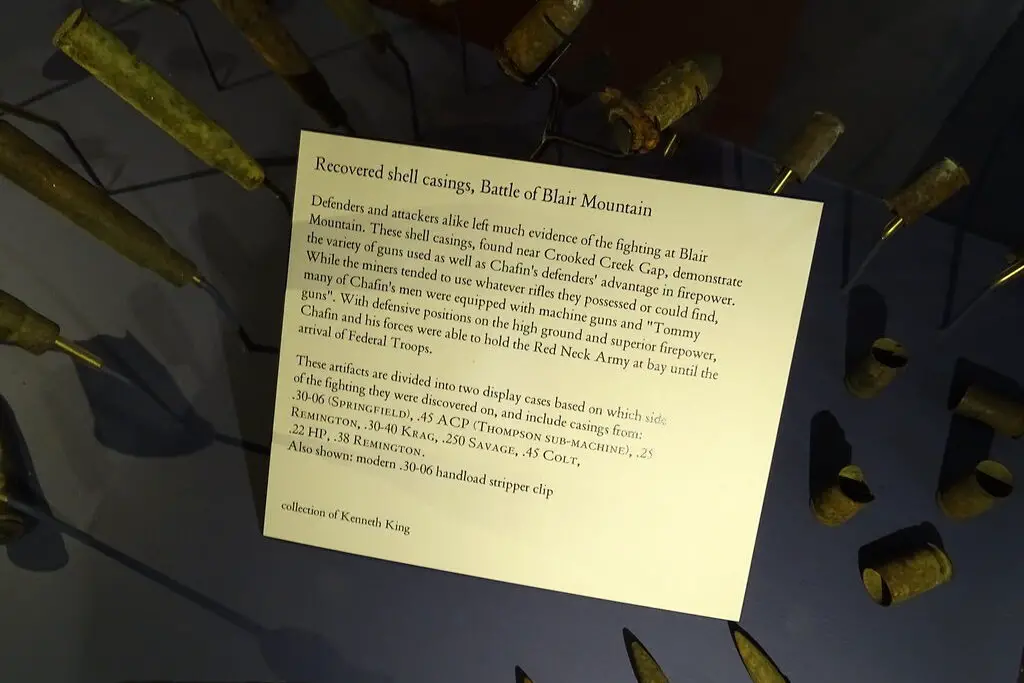
In 1921, more than 10,000 coal miners in West Virginia took up arms against coal companies in what became the largest labor uprising in U.S. history. The Battle of Blair Mountain was a literal battle, with machine guns, bombs, and a makeshift army of workers. It ended only when federal troops intervened—on the side of the coal companies.
Despite being one of the most dramatic moments in labor history, it’s barely acknowledged in most textbooks. It highlights the intense class struggle in America’s past. But mentioning it forces a confrontation with how far corporations were willing to go to break unions. Instead, schools often focus on more palatable reforms like the New Deal. That leaves this story buried under layers of silence.
12. The Dakota 38 Mass Execution
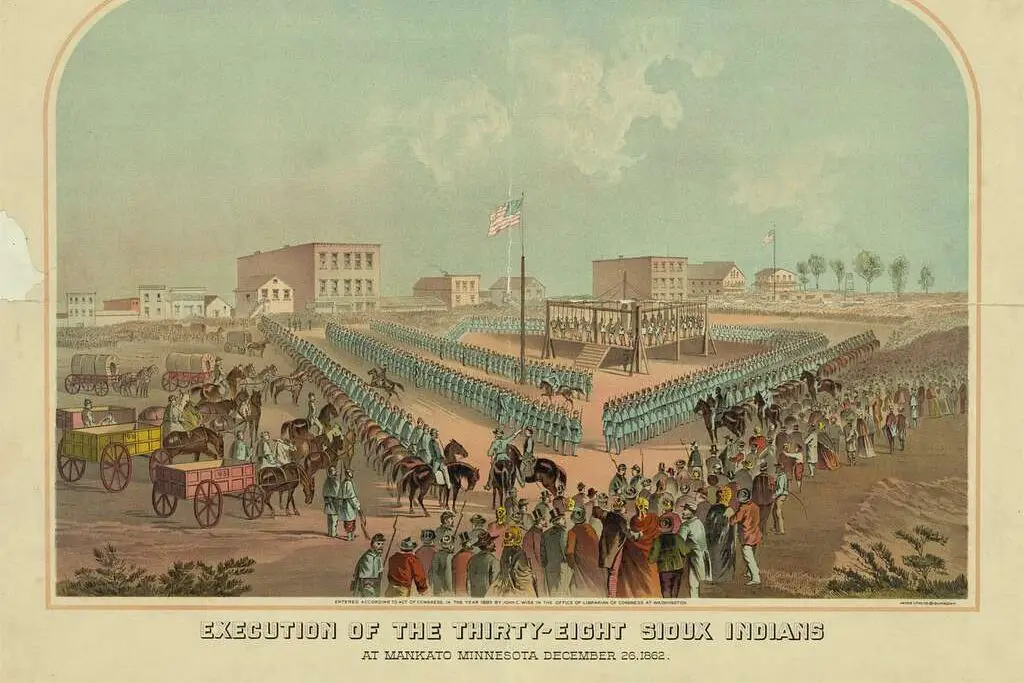
In 1862, after a war between the Dakota Sioux and the U.S. government in Minnesota, 38 Dakota men were executed in the largest mass hanging in U.S. history. President Lincoln approved the execution after a rushed and questionable legal process. The conflict stemmed from broken treaties and starvation among the Dakota.
This moment rarely appears in history books, if at all. When it does, it’s often reduced to a single line or glossed over entirely. But for Native communities, it’s a day of mourning. The government’s actions were a powerful statement about whose lives mattered. Telling the full story would mean reckoning with a painful truth—and that’s something textbooks have long avoided.
